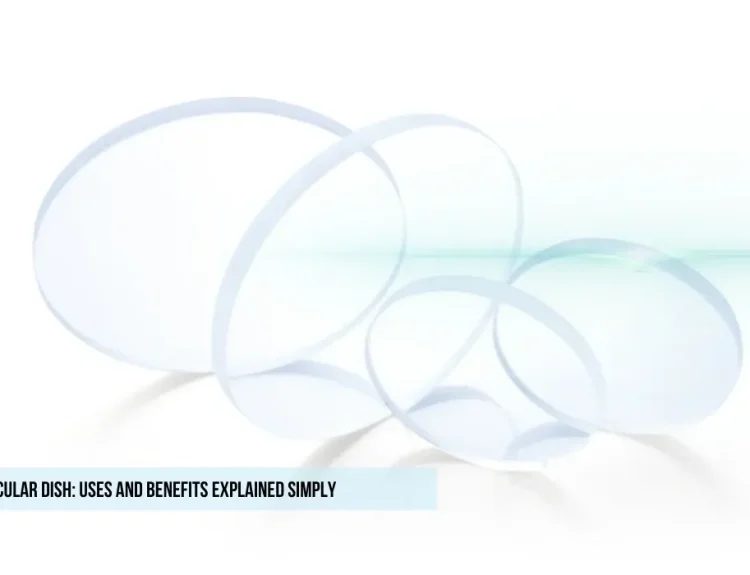A quartz crucible with a lid is a laboratory tool made from high-purity quartz. It is used for heating, melting, and handling substances that require high temperatures. The addition of a lid makes it even more useful by preventing contamination and controlling the environment inside the crucible. Let’s explore what a quartz crucible is and how it’s used in various applications.
What Is a Quartz Crucible?
A quartz crucible is a container that holds materials heated to very high temperatures. Quartz is used because it has several important properties:
- High heat resistance: Quartz can withstand temperatures up to 1,200°C (2,192°F), making it ideal for intense heat processes.
- Chemical stability: Quartz does not react with most substances, even at high temperatures. This makes it a safe container for chemical reactions or melting metals.
- Purity: Quartz crucibles are often made from pure quartz so that they won’t introduce impurities into the processed materials.
Manufacturers of Quartz Crucible with Lid
Buy High-Quality Quartz Crucible with Lid – Precision for Lab & Industrial Use. Heat-Resistant, Durable, and Ready for High-Temp Applications!
Why Use a Lid?
The lid serves multiple purposes:
- Prevents contamination: When the crucible is covered, it protects the contents from dust, moisture, or other external contaminants.
- Controls reactions: The lid helps maintain a controlled environment inside the crucible. This is important in processes where exposure to air or other gases can affect the results.
- Reduces evaporation: When heating liquids, the lid prevents rapid evaporation, ensuring the substances don’t evaporate too quickly.
Common Uses of Quartz Crucible with Lid
Melting and Casting Metals
At high temperatures, quartz crucibles are often used for melting metals such as gold, platinum, or silicon. The crucible’s ability to handle extreme heat without breaking down makes it ideal for these processes. The lid helps prevent the metal from being exposed to contaminants during the melting process.
Chemical Reactions
In chemical laboratories, quartz crucibles are used to conduct reactions that require high heat. The lid ensures the response happens in a controlled environment, which can be important when certain gases or materials must be contained or protected from air.
Thermal Analysis
In research and industrial labs, quartz crucibles are used in thermal analysis to study how materials behave under heat. The lid helps ensure accurate results by preventing outside air or moisture from interfering with the material during heating.
Purifying Materials
Quartz crucibles sometimes purify substances by heating them to remove impurities. The purity of the quartz material ensures that no contaminants are added during the purification process. The lid helps contain the material and prevents contamination from the surrounding environment.
Glass and Ceramics Manufacturing
Quartz crucibles are also used to produce glass and ceramics, melting raw materials at high temperatures. The lid helps maintain the right conditions for the materials to melt evenly and without contamination.
Advantages of Using a Quartz Crucible with Lid
- High-temperature tolerance: Quartz crucibles can handle extreme heat without cracking or breaking, which makes them perfect for high-temperature applications.
- Chemical resistance: Since quartz does not react with most chemicals, it’s a safe choice for chemical reactions or processes.
- Durability: Quartz crucibles are strong and can be reused often if appropriately handled.
- Controlled environment: The lid provides added control over the contents, helping to ensure accurate results in experiments and industrial processes.
Conclusion
The quartz crucible with a lid is a valuable tool in laboratories and industries where high temperatures are involved. Whether it’s melting metals, conducting chemical reactions, or analyzing materials, the combination of quartz’s heat resistance and the added protection of a lid makes this tool essential. Its versatility and durability make it popular for scientists, researchers, and manufacturers.







